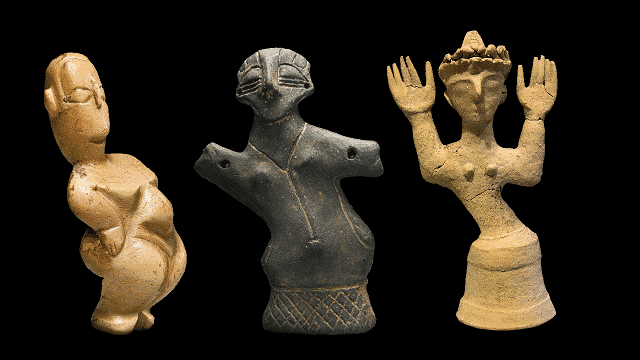The artists of medieval Europe, at least according to the impression we get in history class, gave far less consideration to the world around them than the world above. Historians argue about how much that general attitude hindered the improvement of the human lot during those ten centuries or so, but even we denizens of the 21st century can feel that the imaginations of the Middle Ages did tap into something resonant — and in the domain of music quite literally resonant, since the sacred songs of that time still create a properly otherworldly sonic atmosphere when they echo through cathedrals.
If you don’t happen to live near a cathedral, you can experience something of that atmosphere through your headphones anywhere you happen to be with Callixtus, a channel on the not normally sacred space of Youtube. “Perhaps named in honor of either Pope Callistus or Xanothopoulos Callistus, Patriarch of Constantinople,” writes Catholic web site Aleteia’s Daniel Esparza, it offers “an impressive collection of sacred music, mostly medieval, including choral works belonging to both Western Christianity and the Eastern tradition.”
Callixtus’ playlist includes such enduring “hits” of these traditions as the Gregorian chant “Invitatorium: Deum Verum,” the Byzantine chant “Δεύτε λαοί” (“Come Ye Peoples”), and the multi-part Medieval Chant of the Templars.
How did this still-haunting style of music come about? According to former Talking Heads frontman David Byrne, who laid out these ideas in a popular TED Talk, it evolved alongside the houses of worship themselves, the architecture shaping the music and the music shaping the architecture: “In a gothic cathedral, this kind of music is perfect,” says Byrne. “It doesn’t change key, the notes are long, there’s almost no rhythm whatsoever, and the room flatters the music. It actually improves it.” So familiarize yourself with all this sacred music through Callixtus, but as soon as you get the chance, hie thee to a gothic cathedral: no matter your religious sensibilities, it will certainly enrich your aesthetic ones.
via Aleteia and @dark_shark
Related Content:
David Byrne: How Architecture Helped Music Evolve
Hear What Homer’s Odyssey Sounded Like When Sung in the Original Ancient Greek
What Ancient Greek Music Sounded Like: Hear a Reconstruction That is ‘100% Accurate’
Listen to the Oldest Song in the World: A Sumerian Hymn Written 3,400 Years Ago
Based in Seoul, Colin Marshall writes and broadcasts on cities and culture. His projects include the book The Stateless City: a Walk through 21st-Century Los Angeles and the video series The City in Cinema. Follow him on Twitter at @colinmarshall or on Facebook.






